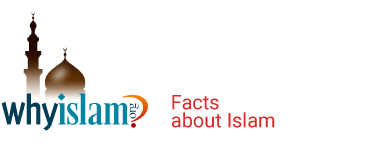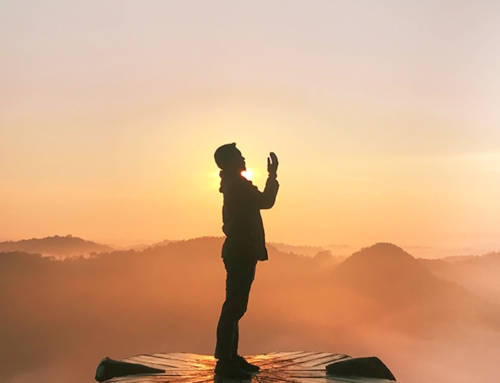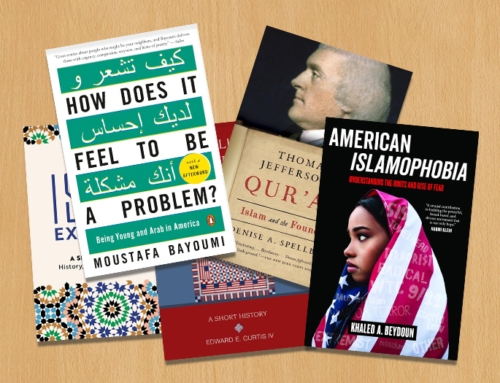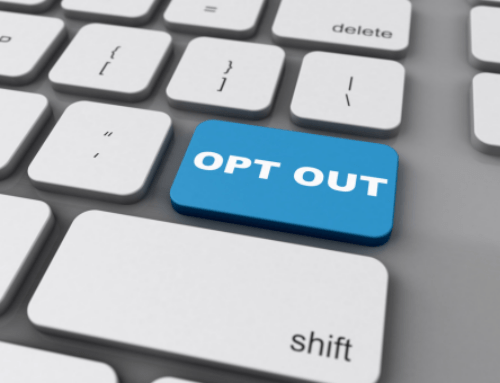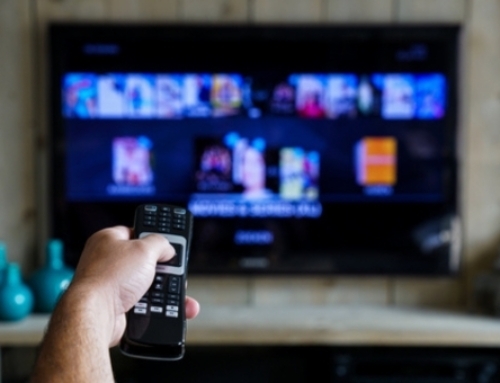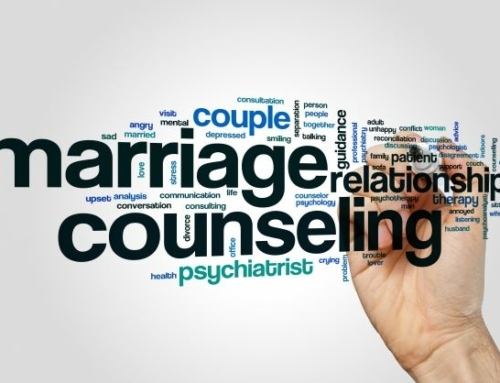By: Dr. Naved Bakali
What Is Islamophobia?
A phobia can be described as an irrational fear of something, like spiders, confined spaces, heights, etc. So, could one assume that Islamophobia is simply an irrational fear of Islam and Muslims? The term Islamophobia can be somewhat problematic, as it assumes there’s an irrational or unexplained component related to the fear or distrust of Muslims. Islamophobia, is not an irrational fear, rather it is one of the many iterations of racism that exists in society today. Like all forms of racism, it is rooted in relationships of power, which enable it to be systemic and embedded in society. To further understand how Islamophobia is mediated through relationships of power, lets first examine how Islamophobia manifests.
Understanding The Two Domains of Islamophobia
Broadly speaking, expressions of Islamophobia emerge in two domains; the public sphere and through private actors. What is meant by the ‘public sphere’ is how Islamophobia is structural in nature and perpetuated by the state through law, legislation, and those in positions of privilege and power, like political elites, media figures, and lobbyists. Islamophobia in the ‘private sphere’ relates to Islamophobia as enacted by individual actors or groups of individuals not acting on behalf of the state. This occurs through hate crimes, harassment, the desecration of Muslim spaces, and through acts of violence, such as the Christchurch mass-shooting in New Zealand earlier in 2019.
Unveiling The Complexity of Political Discourse And Islamophobia
When examining Islamophobia in the public sphere, political discourse is where we see Islamophobia most strongly promoted and perpetuated. One may assume that within the realm of politics, Islamophobia emanates from the political Right and is virtually non-existent on the Left or amongst self-proclaimed liberals. This view is not entirely accurate. Expressions of Islamophobia manifest differently across the political spectrum. Conservatives and individuals associated with the Right promote Islamophobia through cultural discourse. This occurs through advocating the notion that Islam and Muslims are diametrically opposed to the West, arguing that Muslims are culturally incompatible with Western values, and the ‘clash of civilizations’ thesis, which holds that the ‘East’ is fundamentally at odds with the ‘West’. This cultural gap will result in an inevitable clash between these civilizations. Underlying cultural Islamophobic discourse are fantasies of white supremacy and the view that Muslims are distinct/inferior—almost at a biological level—from those who represent white, Western, normative culture.
Deconstructing Liberal Islamophobia
Liberal expressions of Islamophobia manifest through ‘good Muslim’ and ‘bad Muslim’ posturing. The logic embedded in this view is that not all Muslims are bad, some are actually good. Liberal Islamophobia promotes the notion that ‘bad Muslims’ are tainted by radicalized ideologies and are a threat to the state. Therefore, overt expressions of ‘Muslimness’ (i.e. long beards, head veils, face covers, etc.) are viewed as potential indicators of sympathies, vulnerabilities, or adoption of ‘radicalized’ views. ‘Good Muslims’ on the other hand zealously embody the Western archetype in dress, culture, values, and politics. Liberal strands of Islamophobia view radical Islamic ideology as infectious. It’s a ‘virus’ that Muslims are predisposed to. As such, until Muslims can prove their credentials and loyalties to the state they are viewed with distrust and as a potential fifth column trying to undermine Western values and freedoms.
Unmasking The Dual Faces of Islamophobia
The key difference between conservative and liberal Islamophobic views is that conservative articulations of Islamophobia are more overtly racist in nature, whereas liberal expressions of Islamophobia tend to be more sanitized and insidious. In some ways, these distinctions are meaningless, as both liberals and conservatives, and multiple actors from the political spectrum from the Right and Left, help to perpetuate systemic Islamophobia through legislation, laws, and policies. As such, the supposed ‘War on Terror’ spearheaded by George W. Bush, the targeted laws it instituted and the conflicts it exported to Muslim majority countries, was upheld and expanded throughout the Obama Presidency.
Unveiling The Reality of Private Islamophobia
Private Islamophobia is typically how Muslims experience racism in their day to day lives. The more sensationalist examples of this include acts of violence and vandalism, but for most Muslims, Islamophobia is a lot more subtle. It can be through Islamophobic jokes at the work place, being called a ‘terrorist’ by your classmates, dirty looks in the subway, or unintended offenses by colleagues and friends through insensitive passing comments. However, in the past few years, there has been a surge of private Islamophobia. It has become more organized, more vocal, and more vitriolic. Throughout Europe and North America there have been a growing number of street protest movements focusing on Muslims as a primary area of concern. Examples include the English Defense League in the UK, the Bloc Identitaire in France, PEGIDA in Germany and Netherlands, the growth of the Alt-Right in the US, and La Meute in Canada. These groups have thousands of members and openly call for drastic measures to deal with the ‘Muslim problem’ facing their nations. This includes mass deportations, desecration of Muslim spaces, and in some instances promoting violence towards Muslims.
Unmasking The Reality of Islamophobia
Islamophobia is not a post-9/11 phenomenon. Rather, it is a systemic form of racism that manifests in both the public and private sphere. Private and public Islamophobia go hand and hand. Islamophobic messaging in the public sphere feeds the masses racist anti-Muslim political rhetoric and normalizes street protest movements that target Muslims. Furthermore, the growth of anti-Muslim sentiment in the private sphere enables nativist and white supremacist political figures to gain popularity and promote anti-Muslim and anti-immigrant platforms. By understanding these variant forms of Islamophobia it enables us to develop holistic, contextualized, and informed understandings of this phenomenon. As with all forms of systemic racism and bias, a starting point for change lies in developing a deeper and more nuanced understanding of the relationships of power that undergird the subordination of underclasses and marginalized groups. Furthermore, through these deeper and contextualized insights, suitable approaches for dismantling and challenging the structures that perpetuate inequalities can be developed. This can take the form of grass-roots activism, collaborative organizing with other marginalized groups, and engaging in inter-communal dialogue to further encourage mutual understanding and acceptance.
Got Questions?
We have Answers. Get in touch now.
